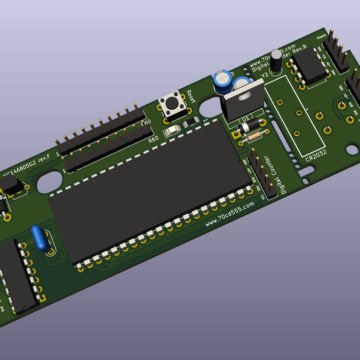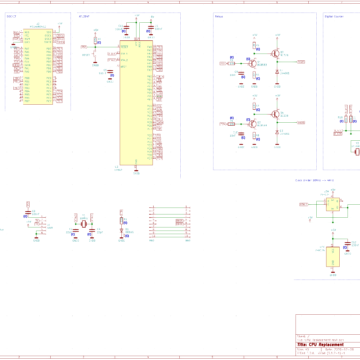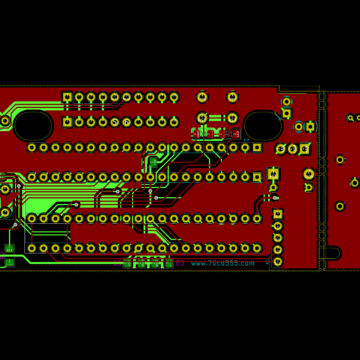Download kiCAD Project, Revision F
Lastest revision. Includes the PCB and circuit for the digital counter
About the project
The kiCAD project contains the bill of material with order codes from Mouser. There are several services available to order the PCB. I got my PCBs produced by Aisler. They are producing PCBs in good quality and accept the direct upload of the kicad_pcb file. For other services produce the Gerber files inside kiCAD.
SMD parts in size 1206 are used which is the same size as SMD parts inside the Sound Machine. You can replace the footprints with horizontal fitted components easily if necessary.
The board includes the digital counter which can be used optional. It is not necessary to use it and can be disabled in the firmware.
Power Supply
The original CPU got powered with 6V which is too much for the AT1284P which only accepts up to 5.5V. Thus it is necessary to reduce the voltage. There are several possibilities on the hardware available to do this. I noticed a variation of the voltage on my units from 6 -6.5V.
- use a 7805 in case of more than 6V
- you can also use a diode instead of the 7805 on lower voltages
- alternative you can create a voltage regulator with a zener diode for 5.1V In this case you need to calculate the resistor for the correct current
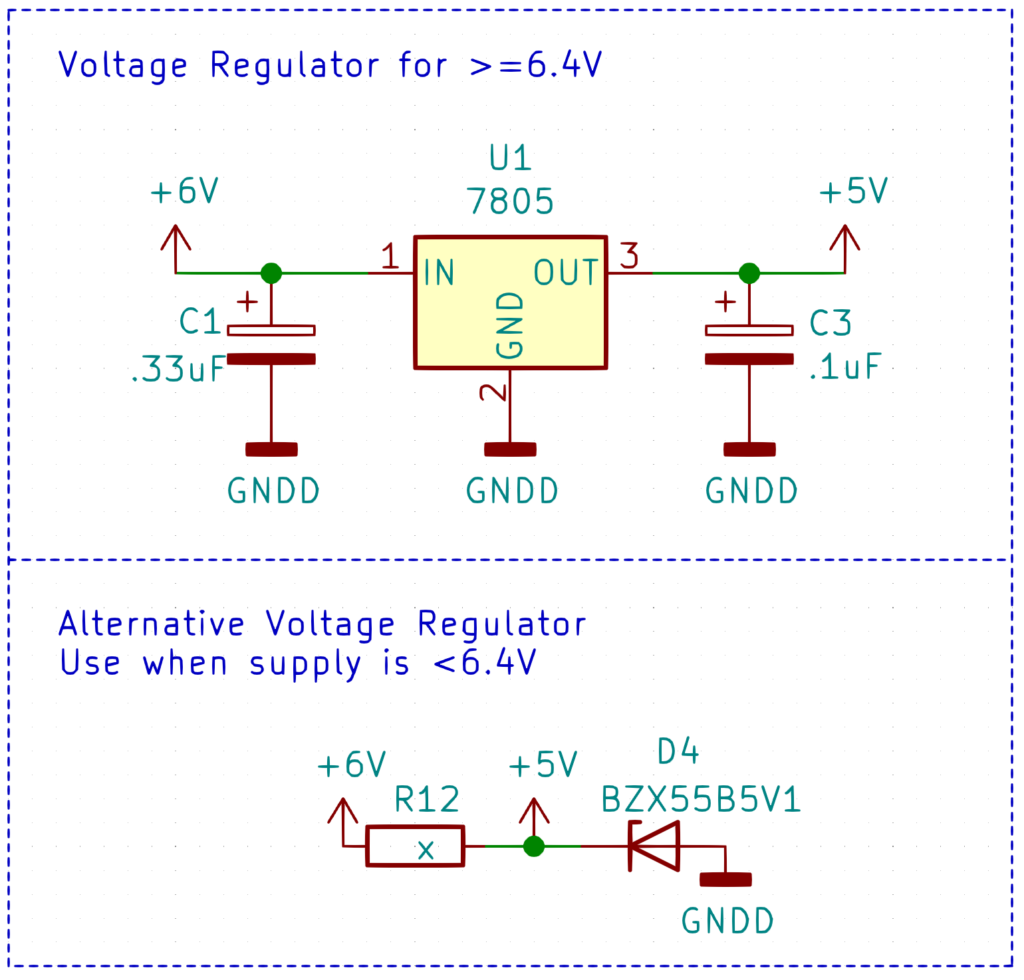
Tape Connector B60/R60
You need to create a small 10 pin cable from the PCB to the connector of the tape deck on the processor panel. It is necessary to enable the new darlington transistor circuit for the relays. The relays are using pin 5 and 6 and if you mix up the direction the worst thing that can happen is that the relays are mixed. In this case flip the pins or change the related ports inside the software.
Put the cable from the uprocPanel panel into R60 and the cable from the tape mechanism into B60.
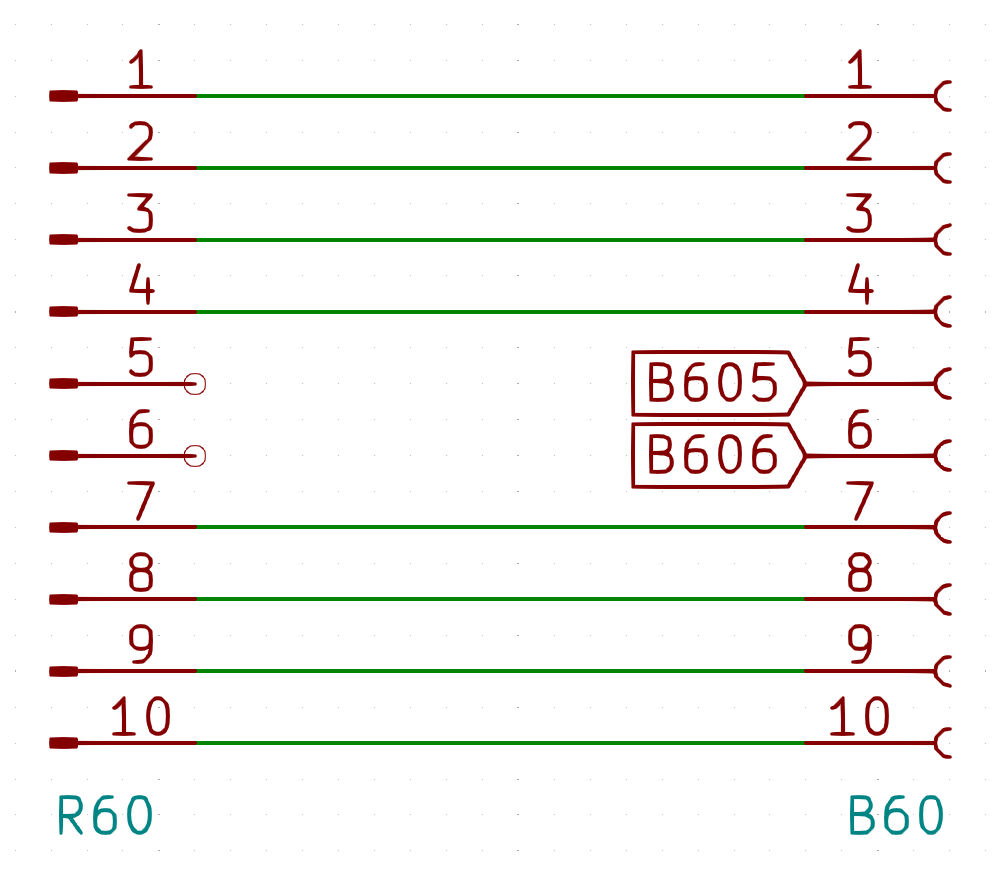
CD-Player clock
The board delivers a 4MHz clock for the CD-Player CPU instead of the 5.8MHz in the original design. There are no drawbacks the CPU idles most of the time. I would have been very happy if my C64 would have had 5.8MHz back those days. Both CPUs, the CD-Player and the one form the C64 are based on the same 65xx family.
The 4MHz are generated by the 16MHz clock and divided by two D-FlipFlops.
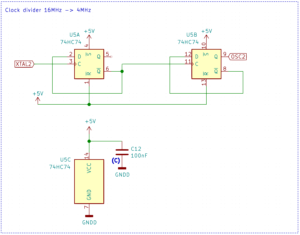
Data exchange
Use a simple FT232 board available for Arduino to connect the board to your computer. Be aware you might need to flip the pins since there a lot of different FT232 variations available. I am using a small cable to move the pins where they belong. The pin-functions are printed onto the board.

